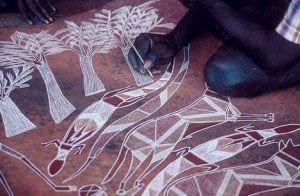Exploring the Types of Australian Aboriginal Art
The vast Australian landscape is mirrored by the rich tapestry of its Aboriginal art. With roots tracing back over 65,000 years, the different types of artistic expression employed by the Indigenous peoples reveal tales of Dreamtime, kinship, and a profound connection to the land.
This article list details various forms of Australian Aboriginal art, each weaving its own narrative in this vast chronicle of creativity.
1. Rock Art and Petroglyphs
- Overview: Rock Art and Petroglyphs are among the oldest forms of artistic expression found in Australia, with some dating back over 40,000 years. These artworks, found on cave walls and rock surfaces, range from simple engravings or carvings (petroglyphs) to complex paintings. They depict ancient stories, animals, human figures, and symbols, serving as a record of Indigenous peoples’ deep connection with the land.
2. Bark Paintings
- Overview: Bark paintings are traditional artworks created by Indigenous Australians from the northern regions, particularly Arnhem Land. Artists use pieces of bark as a canvas, painting them with natural pigments. These paintings often depict Dreamtime stories, clan symbols, and totemic animals, carrying significant cultural and spiritual meanings.
3. Dot Paintings
- Overview: Originating from the Western and Central Desert regions, Dot paintings are a well-known form of Aboriginal art. This style utilizes dots to create images and patterns that can represent stories, landscapes, and Dreamtime narratives. The dots were traditionally made using sticks, bones, or even fingers, and served as a way to conceal sacred information from those not initiated.
4. Body Art
- Overview: Body art is an integral part of Aboriginal culture, used in ceremonies and rituals. It involves painting the body with natural pigments and creating designs that have specific meanings related to identity, status, and connection to the ancestral world. This art form is a dynamic expression of cultural heritage and spiritual beliefs.
5. Sand Paintings
- Overview: Sand paintings are temporary artworks created on the ground using coloured sands, stones, and other natural materials. These intricate designs are part of ceremonial practices and often depict sacred stories and symbols. After the ceremony, the artworks are destroyed, reflecting the transient nature of life.
6. Carvings and Sculptures
- Overview: Aboriginal carvings and sculptures are crafted from wood, stone, bone, and other materials. These items can range from utilitarian objects, such as tools and weapons, to highly symbolic items like totem poles and ceremonial objects. Each piece holds cultural significance, often connected to the Dreamtime, ancestral stories, or local traditions.
7. Woven Art
- Overview: Woven Art includes baskets, mats, nets, and other items made from plant fibers. This form of artistry not only showcases the practical skills of gathering and weaving but also carries cultural narratives through patterns and designs. Woven art is a testament to the deep knowledge Aboriginal people have of their natural environment.
8. Contemporary Media Art
- Overview: Contemporary Media Art by Aboriginal artists encompasses a wide range of modern mediums, including photography, video, and digital art. These contemporary forms allow artists to explore and express traditional themes and stories in new ways, reaching broader audiences and engaging with current social and political issues.
9. Printmaking
- Overview: Printmaking has become a significant medium for Aboriginal artists, allowing for the reproduction and widespread distribution of their designs. Techniques such as linocut, etching, and screen printing are used to create prints that depict traditional stories, symbols, and landscapes, bridging the gap between traditional and contemporary art practices.
10. Performance Art
- Overview: Performance Art in Aboriginal culture includes dance, music, and theatre, often incorporating traditional costumes, body art, and storytelling. These performances are vital expressions of cultural identity and heritage, conveying ancient narratives and connecting the past with the present.
11. Ochre Art
- Overview: Ochre, a naturally occurring pigment, has been a cornerstone of Aboriginal art for millennia. Used in various forms of art, from rock paintings to body art, ochre is more than just a medium—it symbolises the land and its deep spiritual essence. Today, ochre on canvas artworks are some of the most valuable and beautiful Aboriginal artworks you’ll ever see, and they maintain that direct link to tens of thousands of years of history between ochre and the Indigenous people of Australia.
12. Acrylic Art
- Overview: The late 20th century saw Aboriginal artists transition from traditional mediums to acrylic paints, especially in regions like Papunya. This shift allowed for bolder expression and the fusion of ancient symbols with modern artistic techniques. The bright colours, almost endless styles and designs, plus their ease of shipping, has made acrylic art a massive hit throughout the art world.
13. Bradshaw Art
- Overview: Also known as Gwion Gwion, Bradshaw Art is a collection of sophisticated rock paintings found in the Kimberley region of Western Australia. Estimated to be up to 40,000 years old, these figures are characterised by their elegantly detailed and ornately decorated human forms, depicted in a range of activities from hunting to ceremonial dancing. The origins and meanings of these paintings remain a subject of speculation and respect, often considered to be created by ancestral beings rather than humans themselves. The intricate detailing and dynamic postures of the figures make Bradshaw Art a fascinating study in the complexity of ancient Aboriginal artistic expression.
14. Wandjina Art
- Overview: Wandjina Art refers to the depiction of cloud and rain spirits revered by the Indigenous people of the Kimberley region. These paintings are identifiable by the white faces of the Wandjina, surrounded by halos or headdresses, and without mouths to keep the powerful rain spirits from flooding the land. Wandjina figures are often shown with full-bodied forms, detailed only with essential features, and are considered the creators of the land and its people in the belief systems of the local Indigenous communities. The maintenance and repainting of these sacred images are carried out by custodians to ensure the continuity of both the physical art form and its spiritual significance.
15. Xray Art
- Overview: Predominantly found in the Arnhem Land region of the Northern Territory, X-ray Art is a distinctive style that depicts animals or human figures in an ‘X-ray’ manner, showcasing the internal organs and bone structures. This style reflects the Aboriginal people’s deep understanding of the anatomy of the creatures that inhabit their land, emphasising their connection to and respect for nature. X-ray Art is not only an artistic expression but also serves educational and spiritual purposes, teaching about the animals’ habits, habitats, and importance in Aboriginal cosmology.
16. Medicine Leaves
- Overview: Medicine Leaves Aboriginal art is a contemporary style that has gained prominence through artists like Gloria Petyarre from the Utopia region in Central Australia. This style is characterised by intricate patterns of leaves, signifying the healing powers and medicinal properties of the native plants. The swirling patterns and vibrant colours used in Medicine Leaves paintings symbolise the energy and life force of the Australian landscape, reflecting the deep spiritual connection between the land and its Indigenous peoples. Through these artworks, artists convey their ancestral knowledge of herbal medicine, celebrating the land’s bounty and its role in their cultural and physical well-being.
The myriad forms of Australian Aboriginal art are not just about aesthetic appeal—they’re dialogues between the past and the present, the land and its people, the tangible and the spiritual. Each brushstroke and carved line carries with it millennia of stories, beliefs, and dreams, inviting us into a world of profound depth and beauty.



















